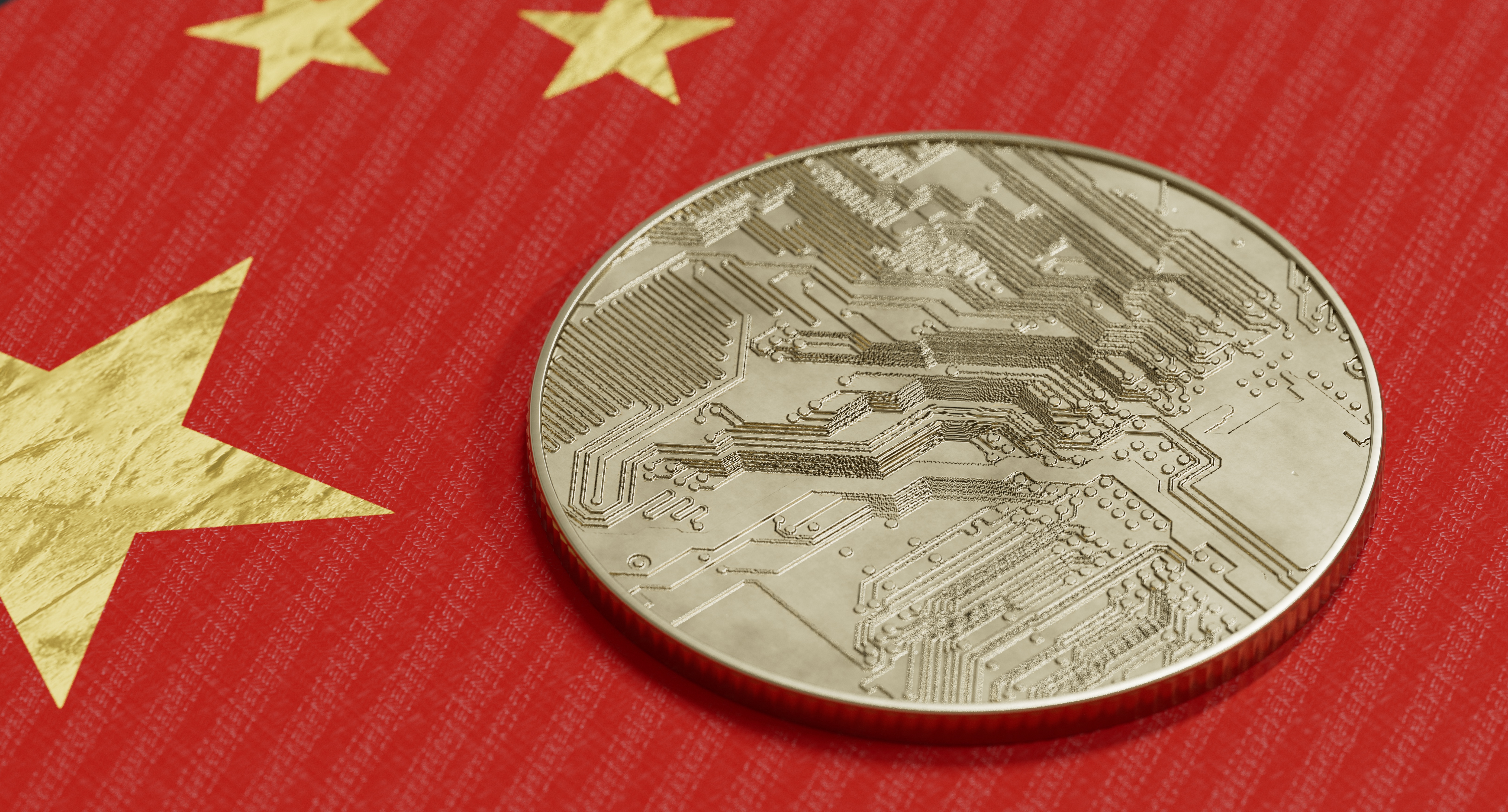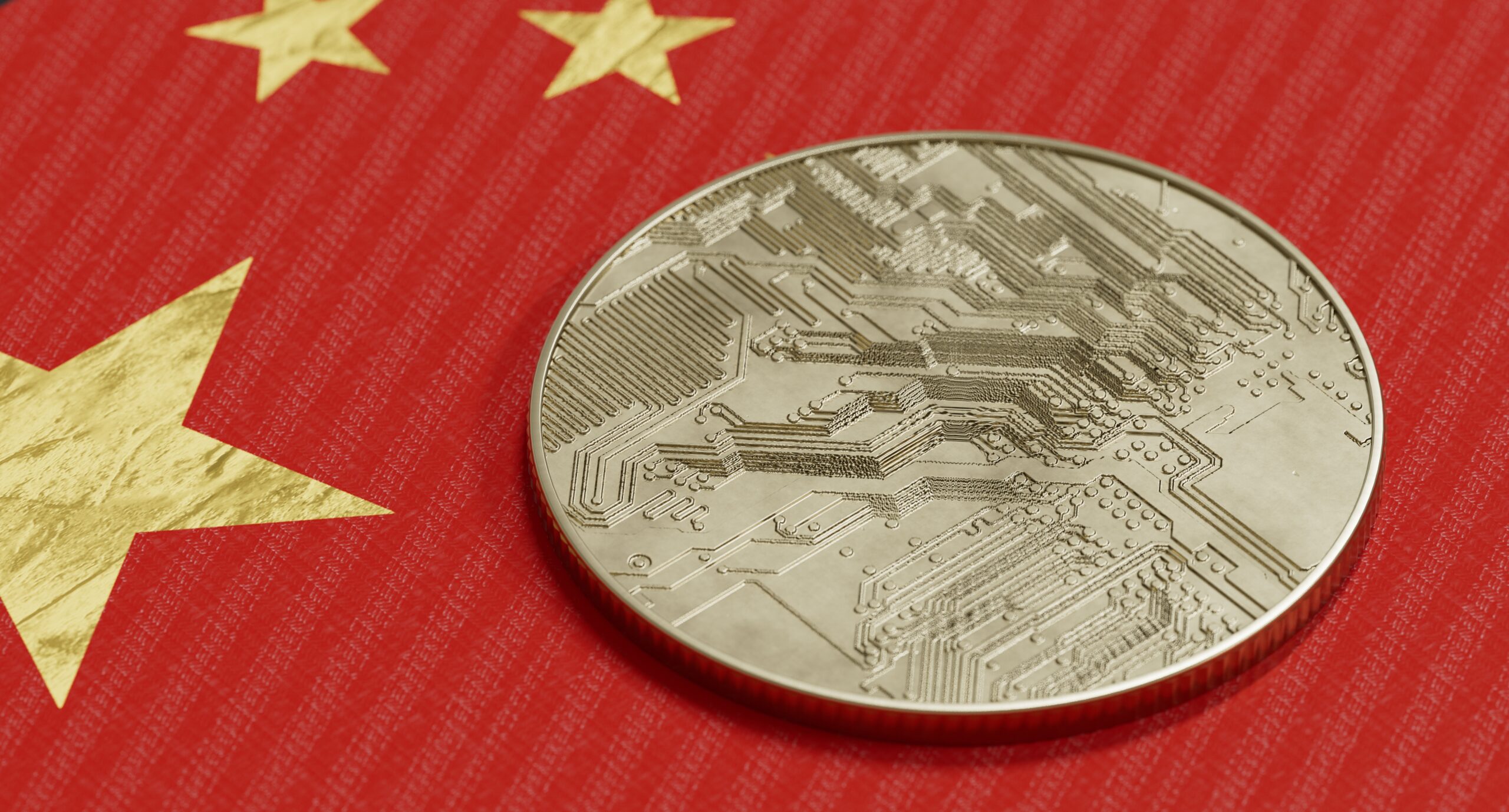Digital Yuan Enters Oil Market as PetroChina Finalizes First International Crude Trade in CBDC


PetroChina inked a major deal on October 18, becoming the first company to complete an international crude oil trade using China’s central bank digital currency (CBDC), the Digital Yuan. The transaction was reported by China Daily, a media outlet owned by the Chinese Communist Party.
This move could have far-reaching implications for the international oil market and the growing role of digital currencies.
A Milestone for Digital Yuan and PetroChina
The Chinese oil and gas conglomerate PetroChina acquired 1 million barrels of crude oil using the Digital Yuan at the Shanghai Petroleum and Natural Gas Exchange (SHPGX). Although the exact value of the transaction and the identity of the seller are undisclosed, the deal represents a milestone in the application of CBDCs in global trade.
The Chinese government has expressed interest in broadening the international scope of its currency, the renminbi. Using the Digital Yuan for large-scale global commodities like crude oil could bolster this strategy.
As of the end of June, the Digital Yuan trading volume reached 1.8 trillion yuan ($250 billion), contributing to 0.16% of the cash in circulation, according to data revealed earlier this year.
China’s Lead in the CBDC Arena
China’s CBDC is among the most advanced in the world. Most major economies are exploring the development of their own central bank digital currencies, but China seems to be ahead in actual implementation.
The former governor of the People’s Bank of China disclosed that the total transaction count for the Digital Yuan had reached 950 million as of July 2023. Additionally, the country has integrated smart-contract functionality into its CBDC, expanding its utility.
The Digital Yuan’s increasing transaction volumes and advancements indicate its readiness for broader applications. While its primary focus has been domestic, its cross-border potential is attracting increased interest.
Implications for the Future
The PetroChina deal might serve as a precursor for more global commodities trades using CBDCs.
Additionally, the transaction showcases China’s growing influence in the digital currency arena, particularly at a time when the country is also working to accelerate the development and application of its CBDC through initiatives like the digital yuan industrial park in Shenzhen.
The PetroChina transaction offers a tangible example of how digital currencies like the Digital Yuan could be incorporated into the global trade framework. The deal showcases the viability of CBDCs in large-scale, international transactions.
As CBDCs evolve, the integration into various sectors, including the energy market, will likely be a key metric in evaluating their success and utility. This event, therefore, could serve as an additional data point for analysts, policymakers, and industry leaders who are gauging the practical implications of digital currencies in international trade.




